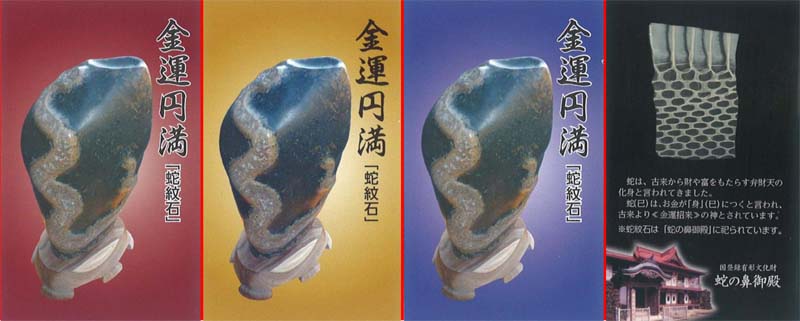About Ja no Hana Gardens, a Park of Flowers and History
This park was created in the Meiji Period by Ito Wataru, a local politician. He was a wealthy landowner with about 1,000 hectares of farmland and this park alone covers 33 hectares. The park has been famous for its beautiful flowers since long ago, and is now a tourist park where flowers can be enjoyed in all four seasons. A former residence of the Ito family, which was built as a holiday villa and is today called Janohana-goten (Janohana Mansion), is also located inside the park, where it is preserved as a valuable building that continues to convey the glory of times past.
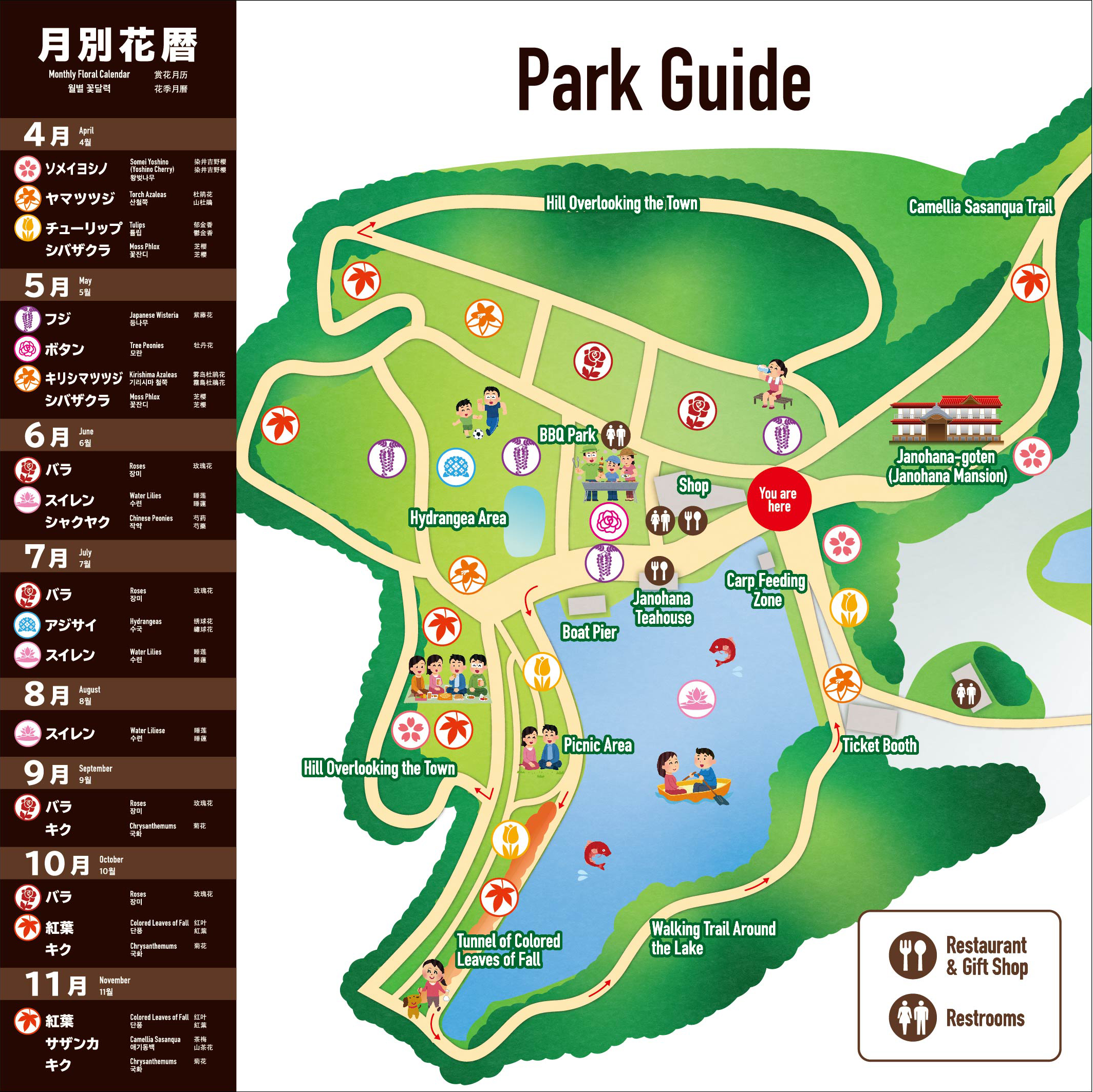
Brief Overview
| Name | Ja no Hana Gardens, a Park of Flowers and History |
|---|---|
| Location | 38 Motomiya Janohana, Motomiya City, Fukushima 969-1158 |
| Telephone | 0243-34-2036 |
| Fax | 0243-33-6961 |
| reserve@janohana.com |
Admission fee
| General | 20 people or more | 40 people or more | |
|---|---|---|---|
| Adult | 1000 yen | 800 yen | 700 yen |
| Child | 500 yen | 400 yen | 300 yen |
Open hours
9:00–17:00 (Closes at 16:30 in November)
Access
By plane
● Fukushima Airport ⇒ Janohana
(50 min drive via Tohoku Expressway)
● Sendai International Airport ⇒ Janohana
(1 hr 50 min drive via Tohoku Expressway)
By JR
● Tokyo Sta. ⇒ Koriyama Sta. ⇒ Motomiya Sta. ⇒ Janohana
(1 hr 20 min by Shinkansen, 12 min by conventional line, 10 min drive)
● Sendai Sta. ⇒ Fukushima Sta. ⇒ Motomiya Sta. ⇒ Janohana
(20 min by Shinkansen, 30 min by regular line, 10 min drive)
By car
● Tokyo ⇒ Motomiya IC ⇒ Janohana
(3 hr drive via Tohoku Expressway)
● Sendai ⇒ Motomiya IC ⇒ Janohana
(1 hr 20 min drive via Tohoku Expressway)
Flowers in the Park
Cherry Blossoms

The best time for viewing is early to late April.
Tulips
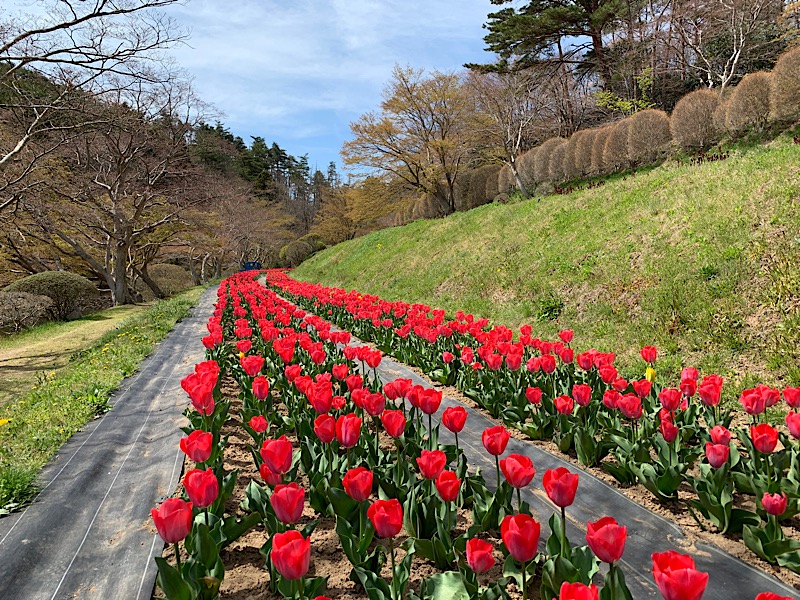
Tulips decorating the flowerbeds in spring. The best time for viewing is late April to early May.
Tree Peonies
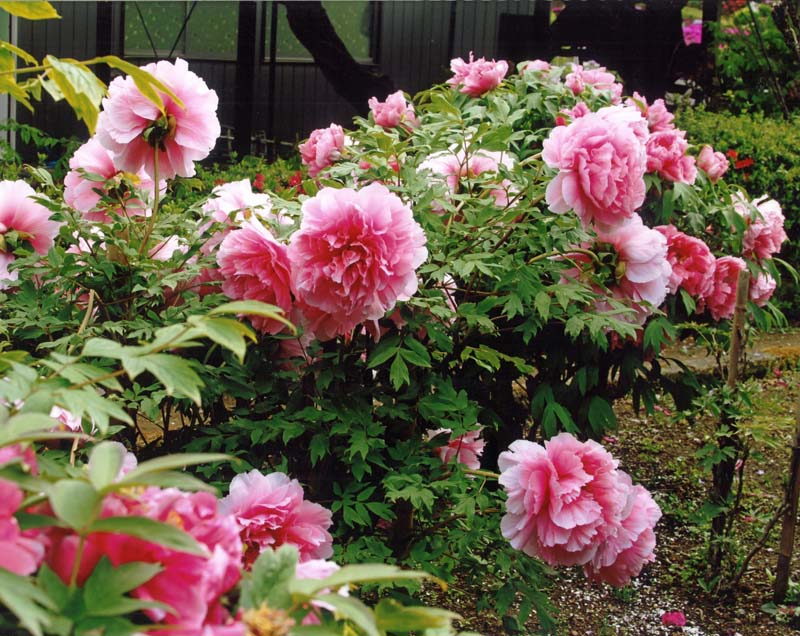
The best time for viewing is early to mid-May.
Japanese Wisteria

There are 3 wisteria trellises and a wisteria garden where 40 wisteria trees are planted together. The largest wisteria trellis is 80 meters long and is a 500-year-old giant tree. The best time for viewing is early to late May.
Azaleas
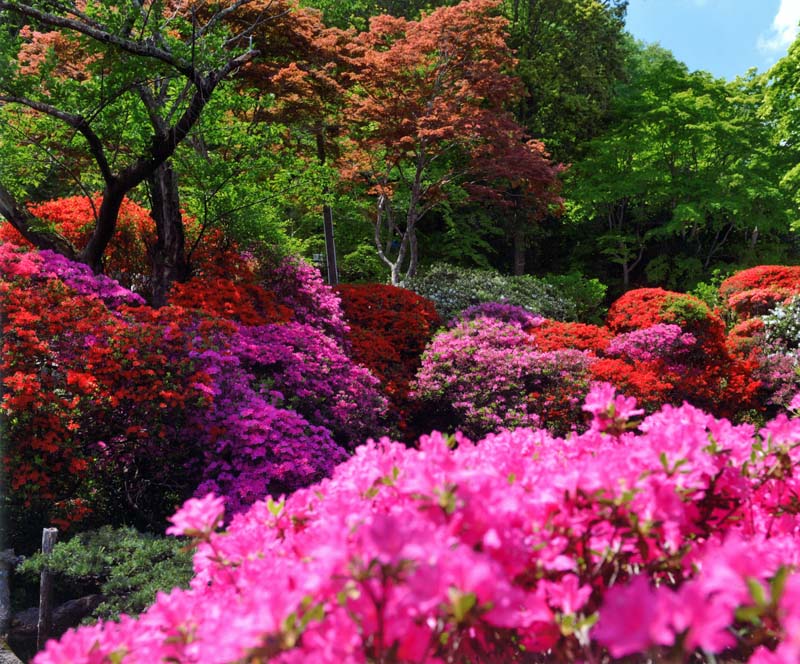
The best time for viewing is early to mid-May.
Roses
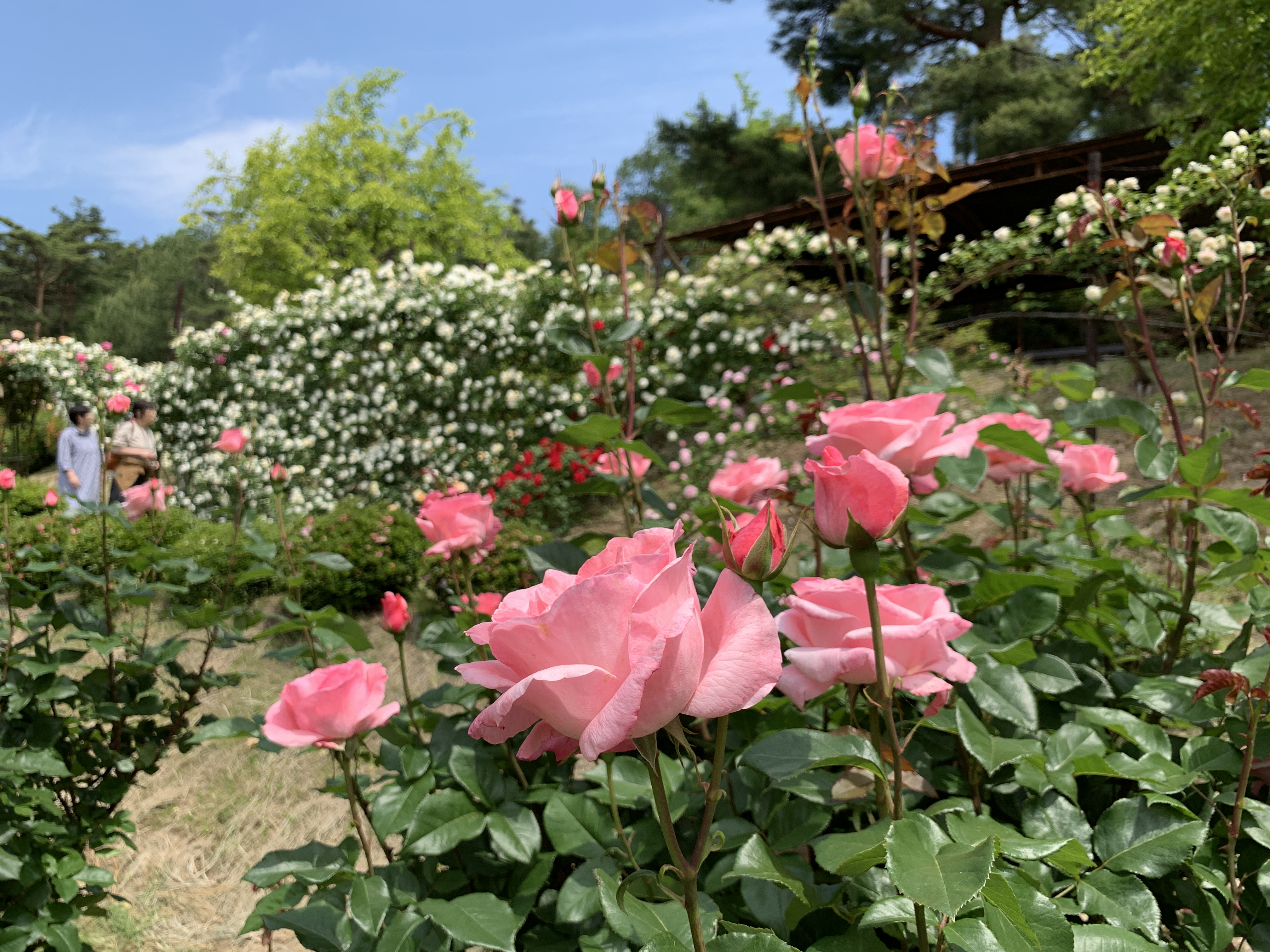
Approximately 400 roses reach their peak in late May, and you can enjoy different roses every 2 months until mid-October.
Water Lilies
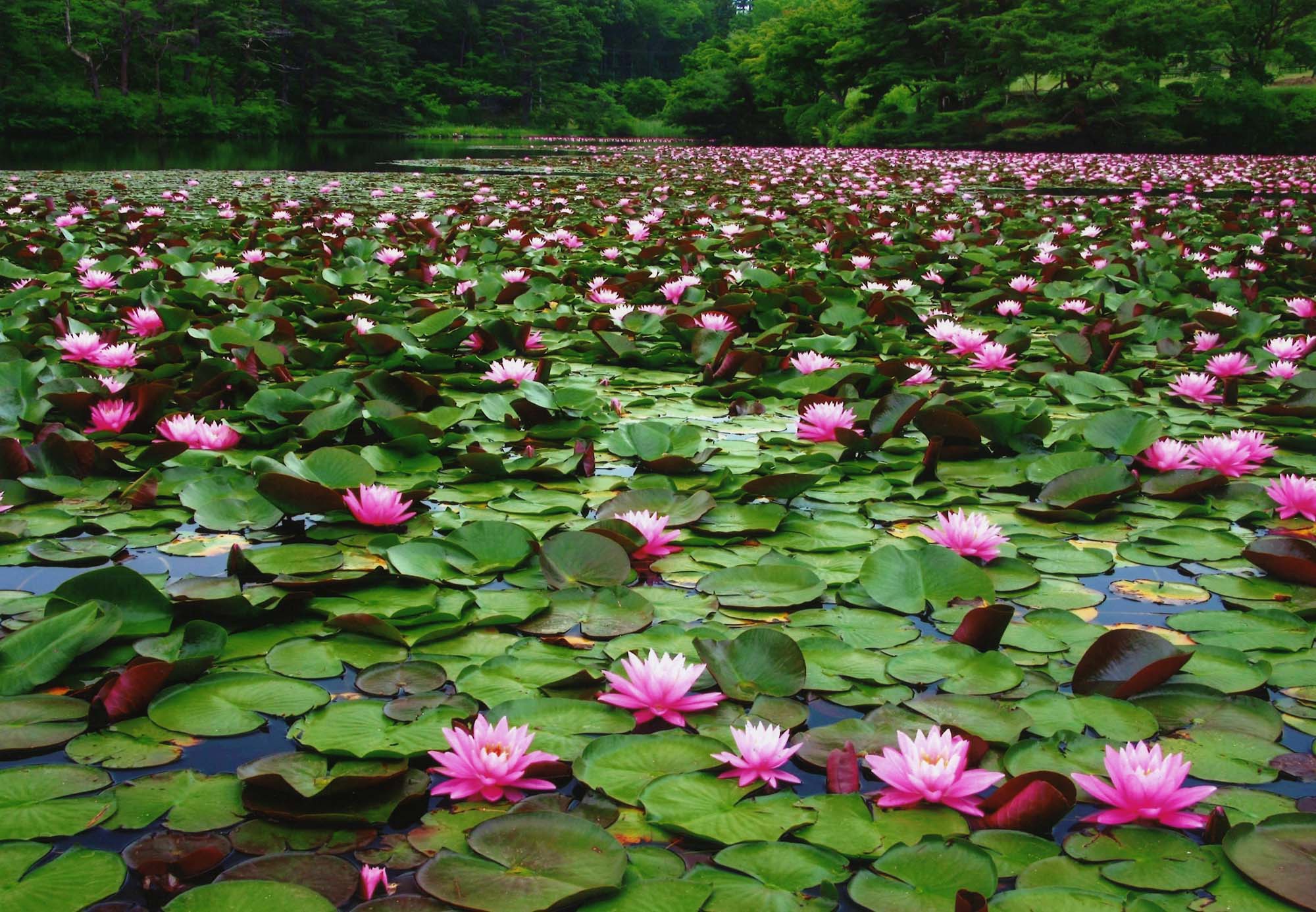
You can view water lilies at the lake located in the middle of the park. Approximately 10,000 flowers bloom at the peak. You can also view rare yellow and orange water lilies. The best time for viewing is June to July.
Colored Leaves of Fall
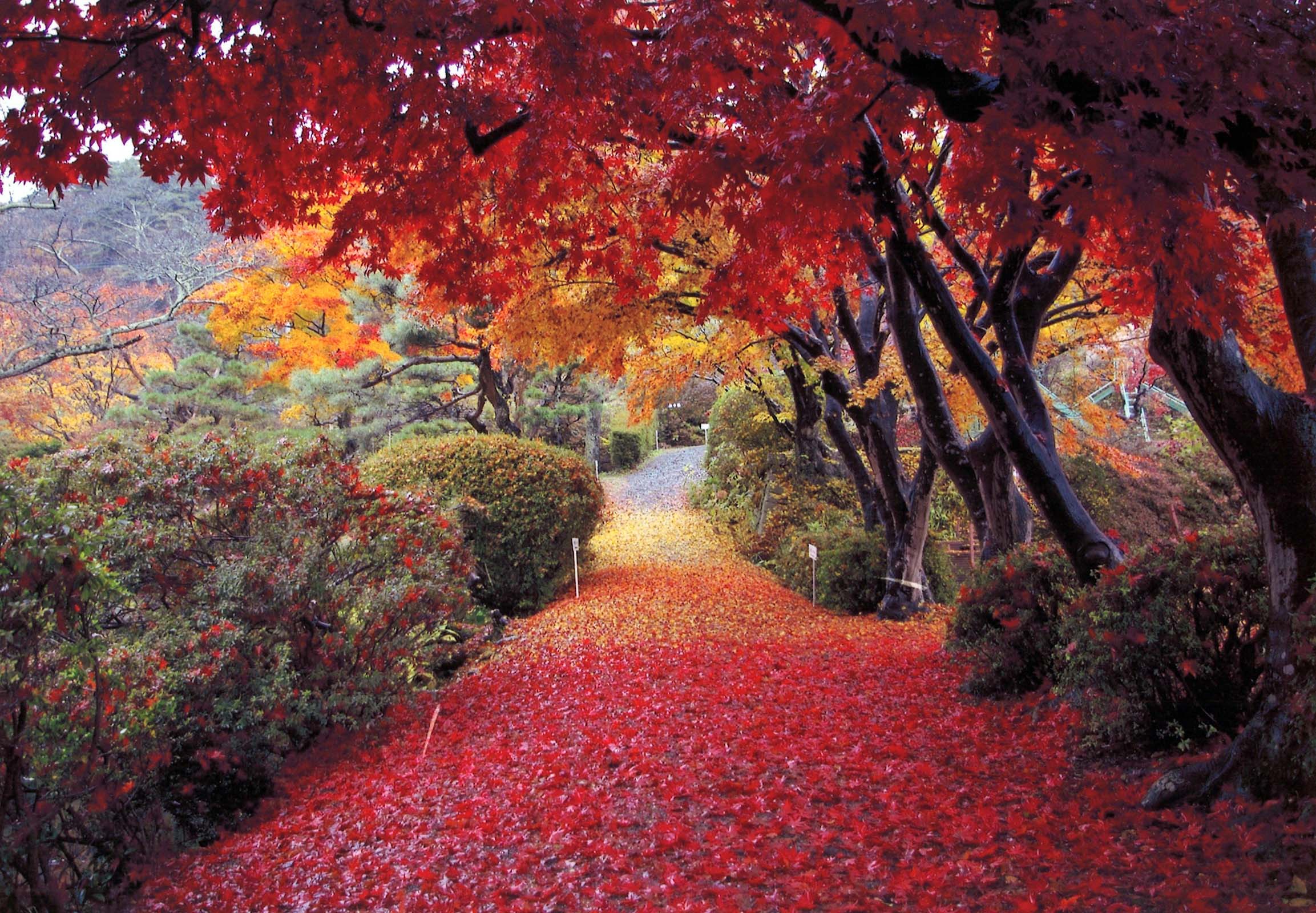
There are approximately 500 maple trees that are over 100 years old, and some have trunks with circumferences of more than 2 meters. They start changing color gradually from late October and reach their peak in November. When the trees change color brightly, the scenery makes you feel like you are in Kyoto.
About Janohana-goten (Janohana Mansion),
a Registered Tangible Cultural Property of Japan
This building was built in 1904 as a holiday villa of Ito Wataru, a politician of this town, and took approximately 8 years to complete. The detailed carvings that decorate the front entrance are said to have been made by referencing the carvings of the Nikko Toshogu Shrine. You can see the famous Nemurineko (Sleeping Cat) carving here too. One of the features of this building is the numerous rare wood materials used in its construction. Another feature is the paintings by famous artists and calligraphy works by people of note in history, such as the fusumae (picture painted on a sliding paper door) decorating each room. It is said that it would be impossible to reconstruct the same building today. In 1996, the building was registered as a tangible cultural property of Japan under the Cultural Assets Preservation Act as a valuable building that should be passed on to the next generation.
View of the building and the entrance
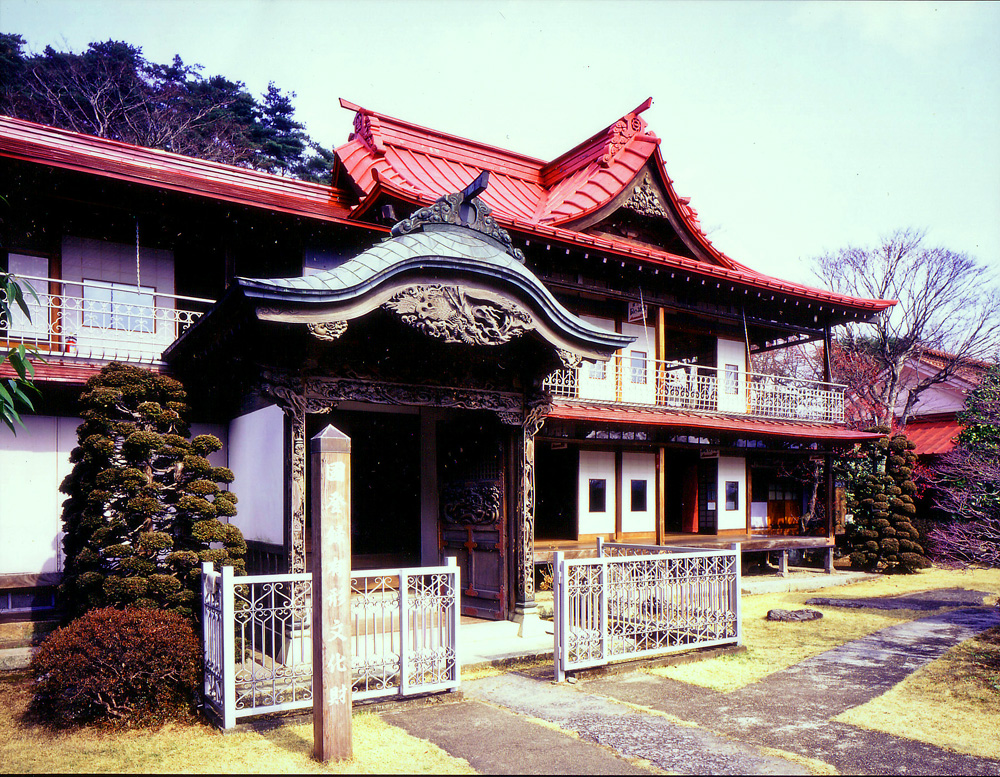
The 1st Room, Sagi-no-ma
(Heron Room)
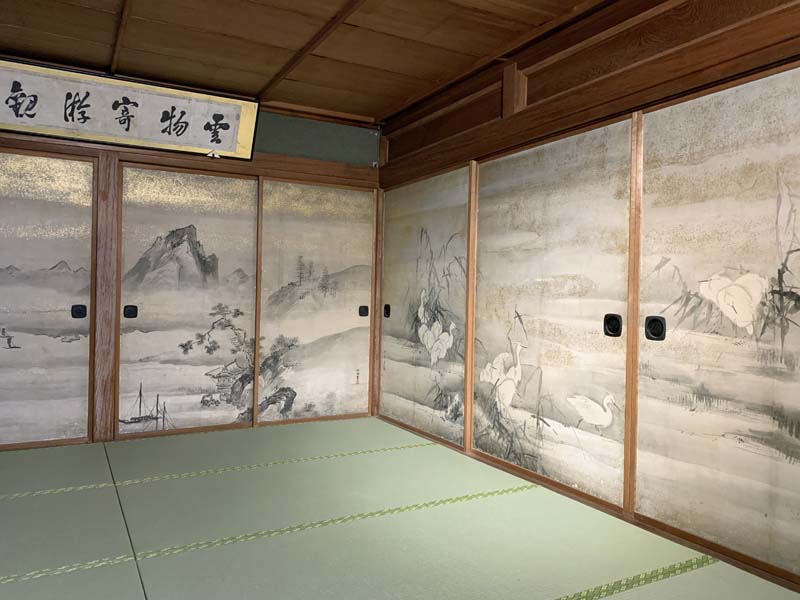
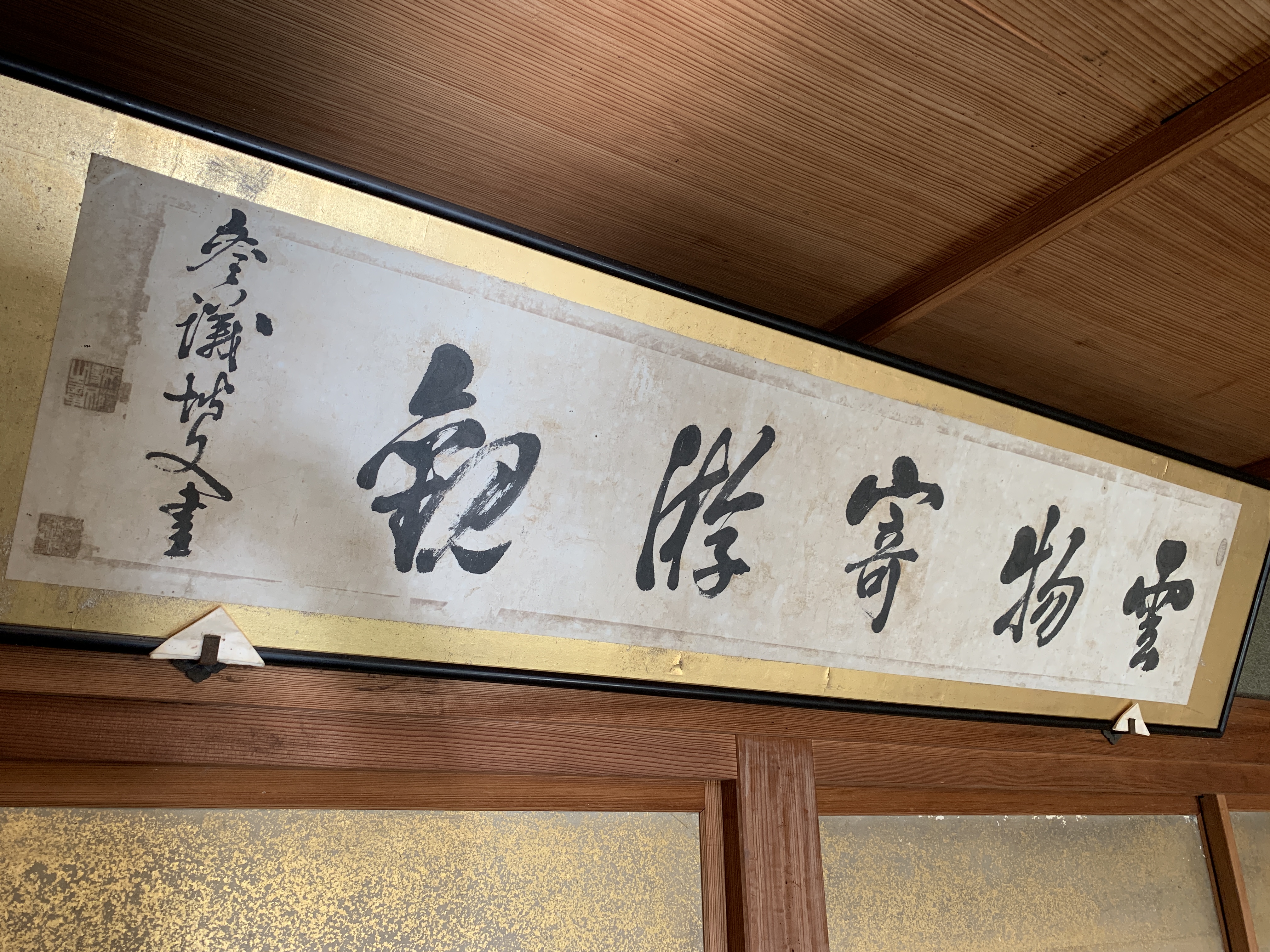
The 2nd Room, Shika-no-ma
(Deer Room)
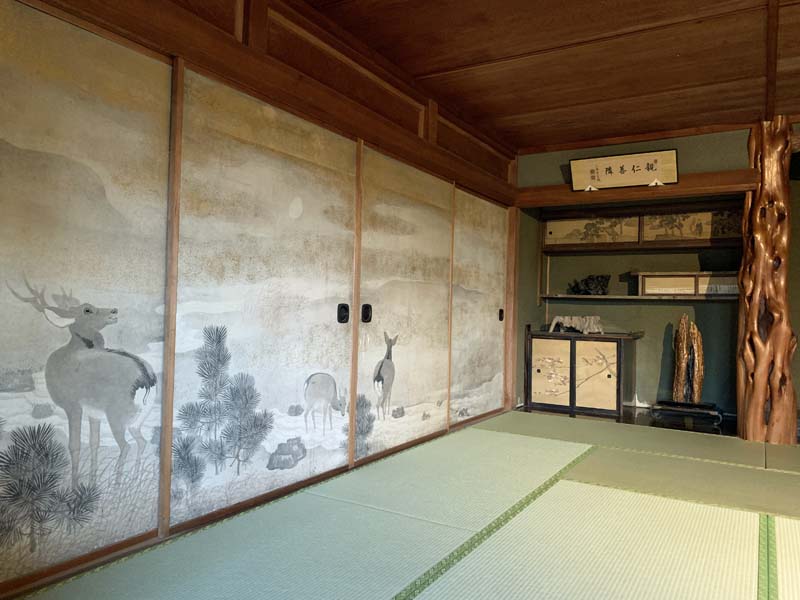
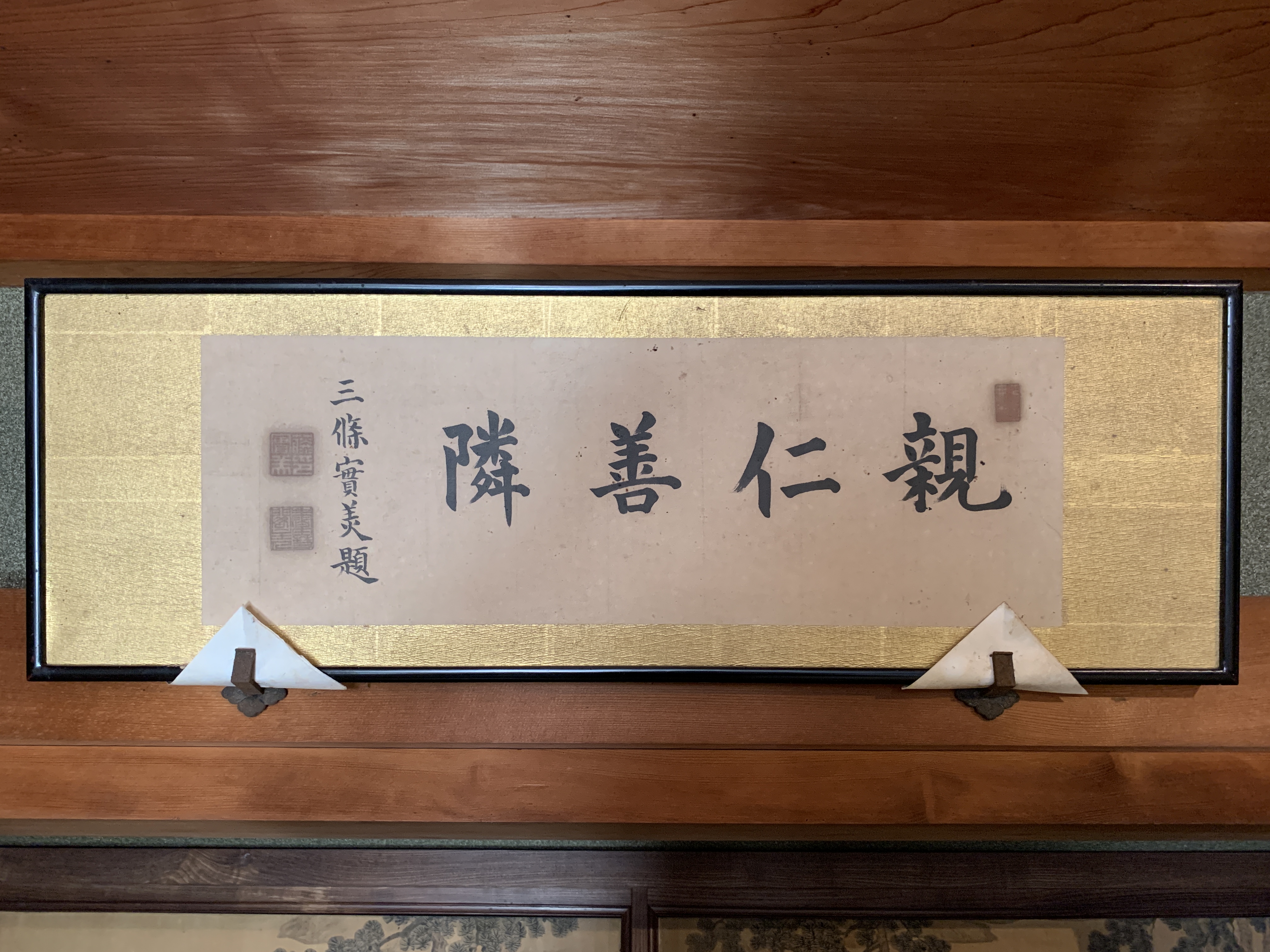
The 3rd Room, Roushou-no-ma
(Old Pine Room)

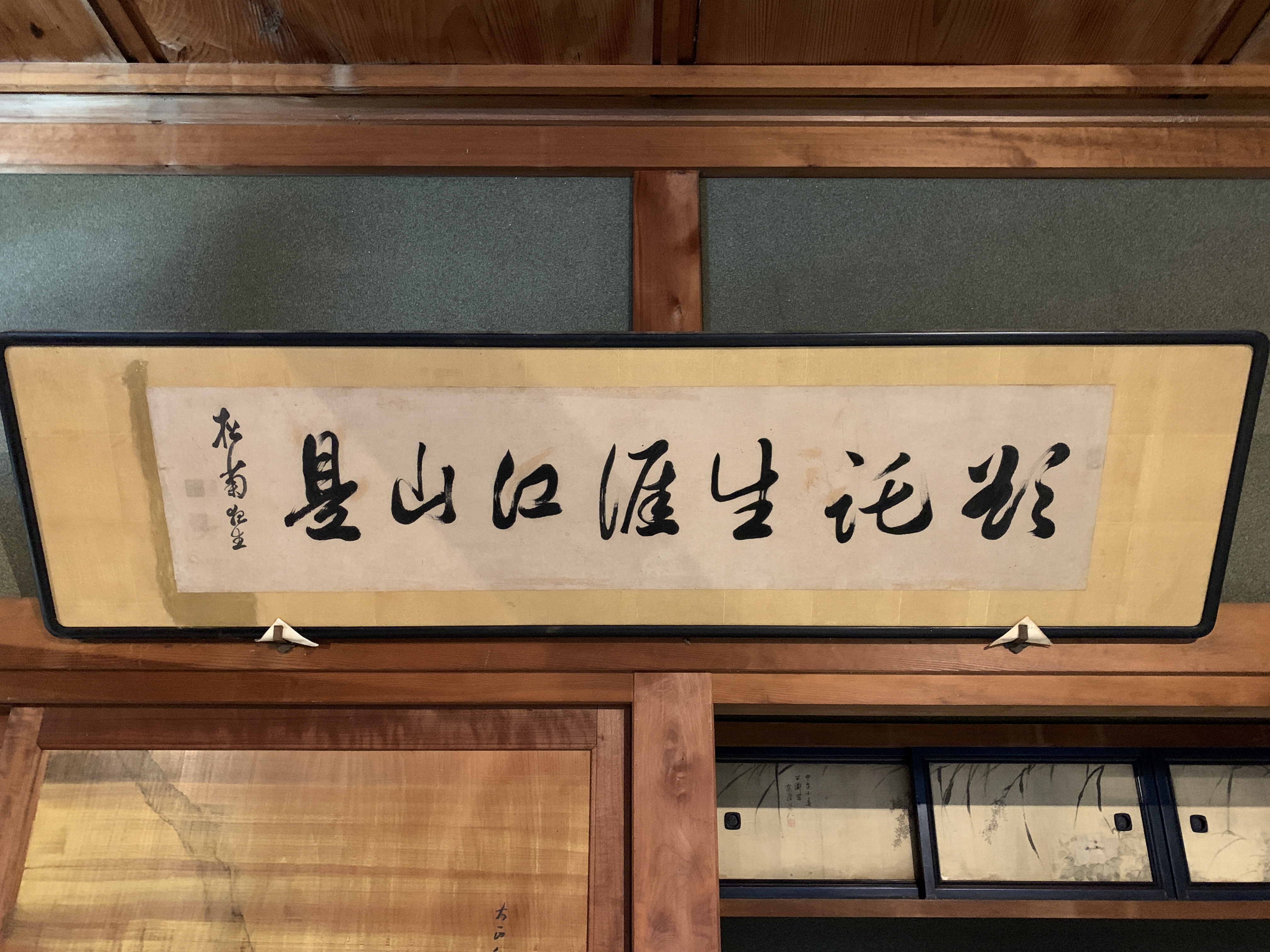
The 4th Room, Chidori-no-ma
(Plover Room)
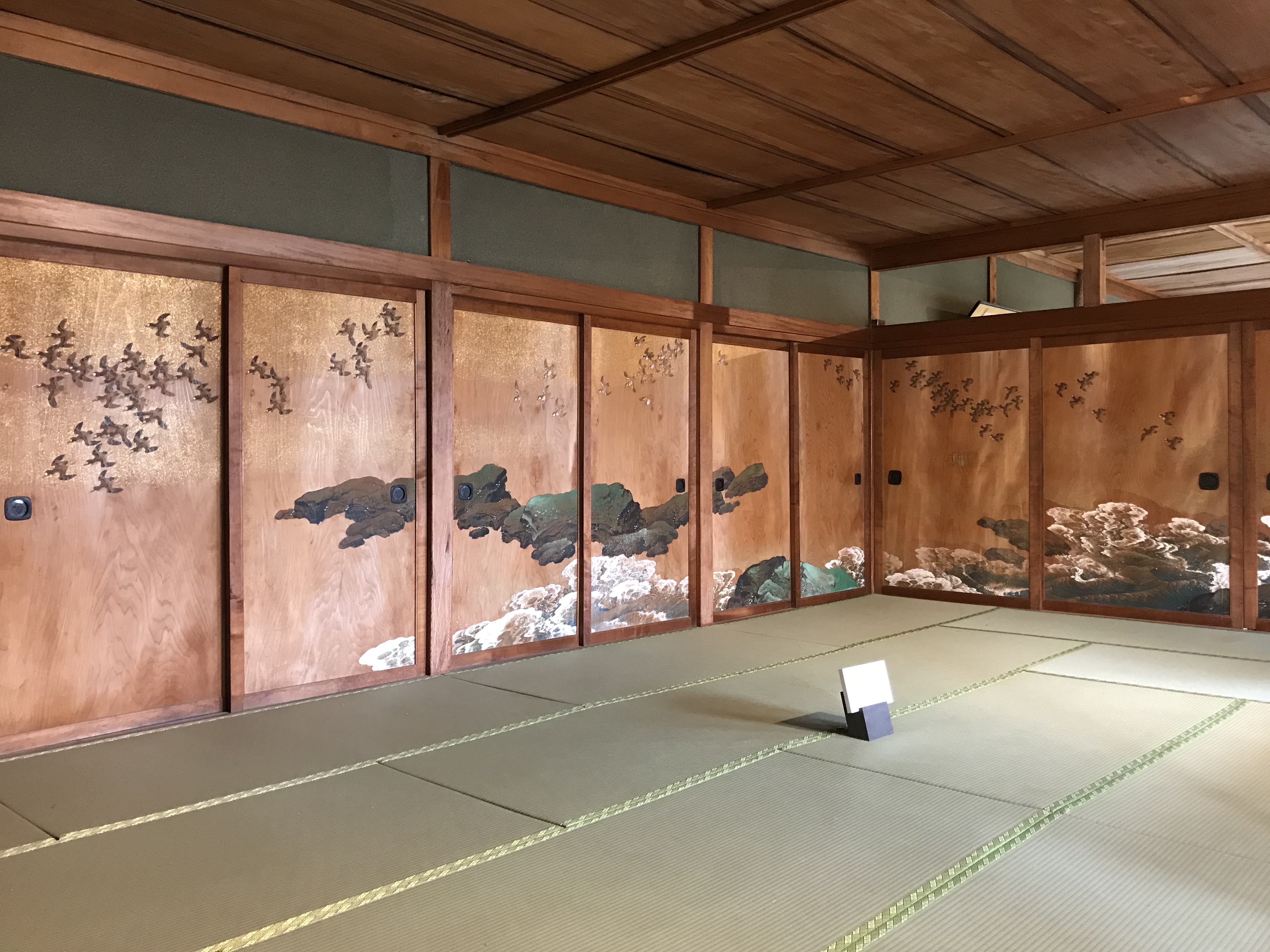
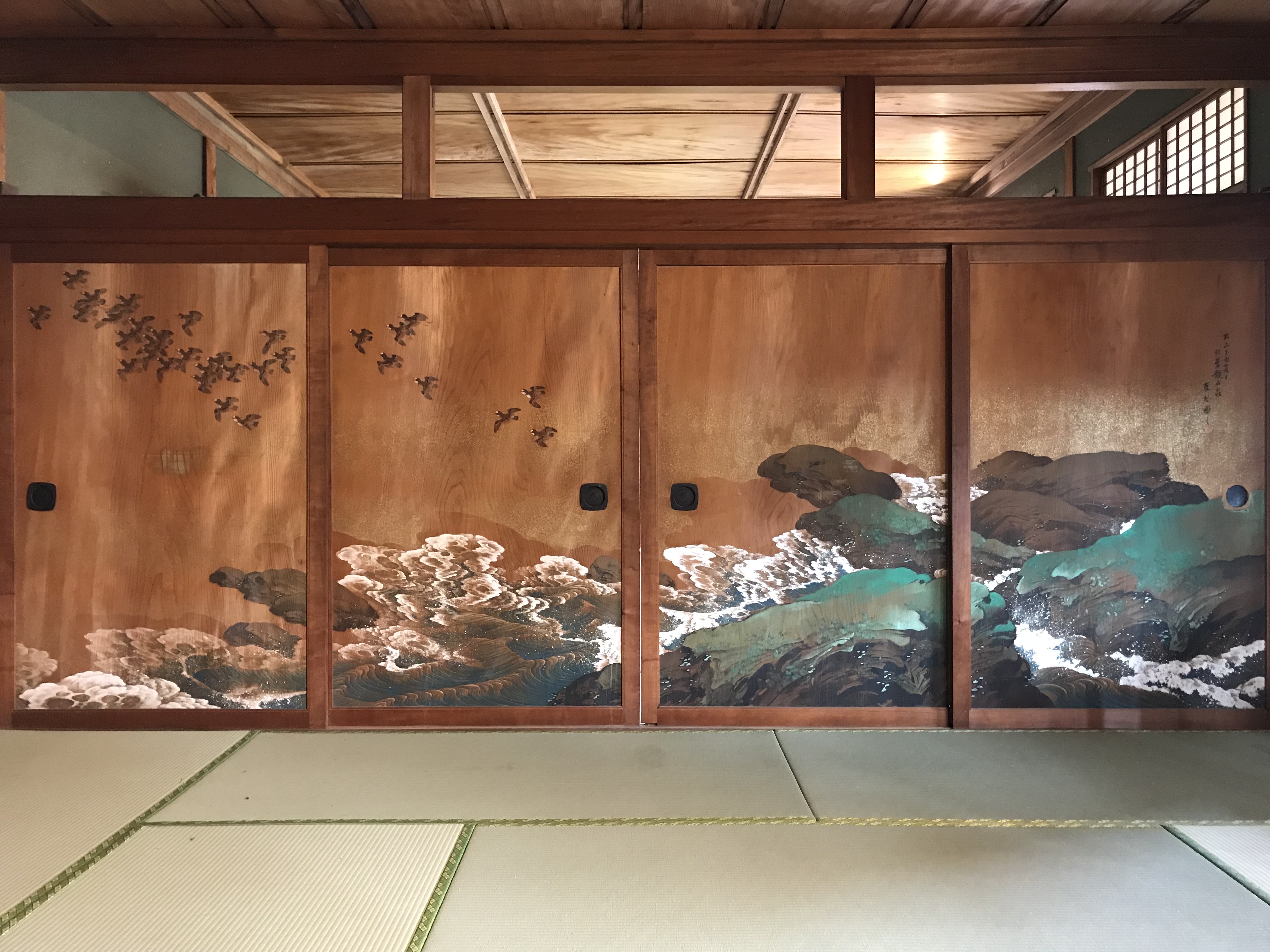
The 5th Room, Kurokaki-no-ma
(Japanese Persimmon Room)

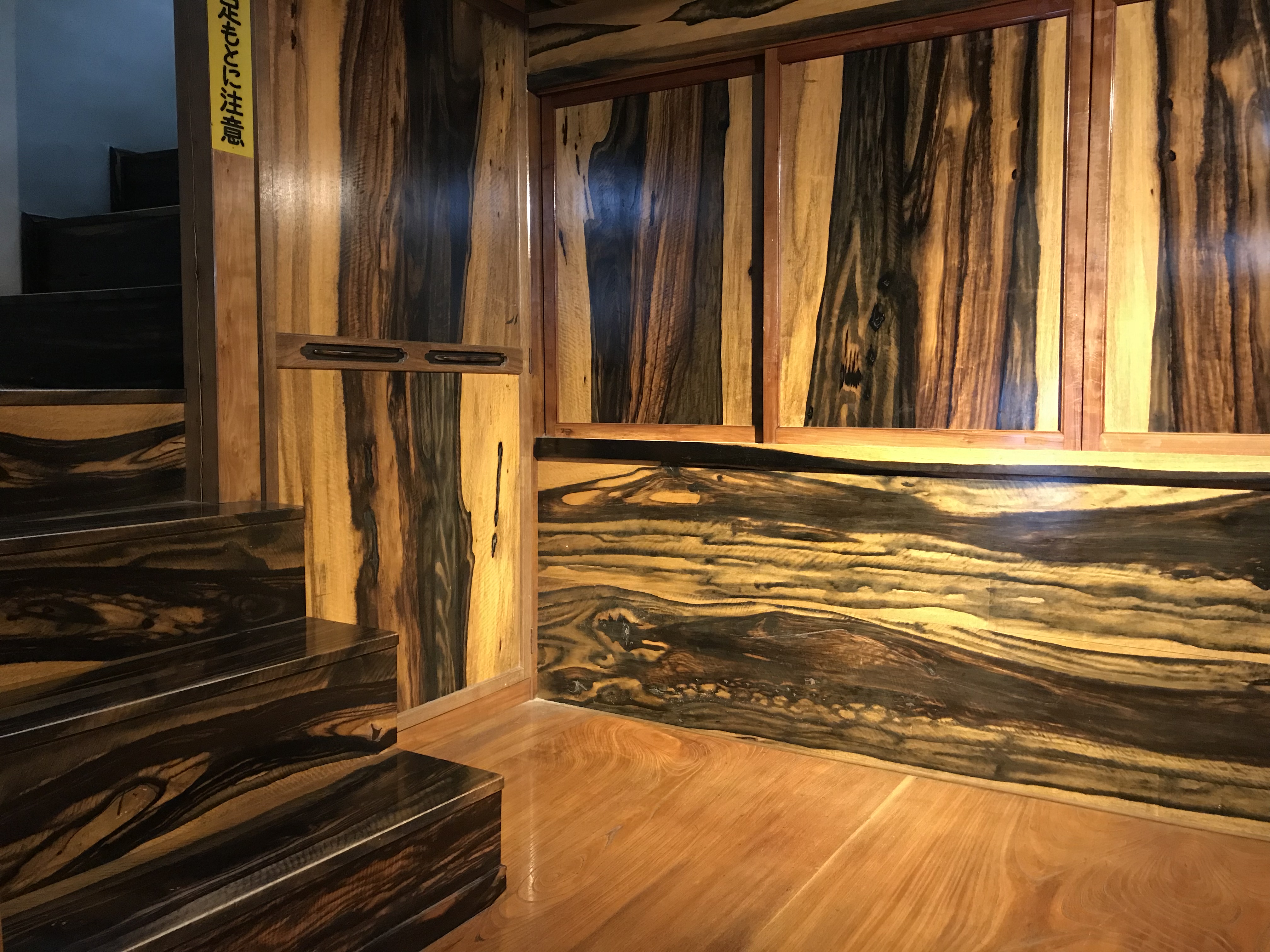
The 6th Room, Ume-no-ma
(Japanese Plum Room)
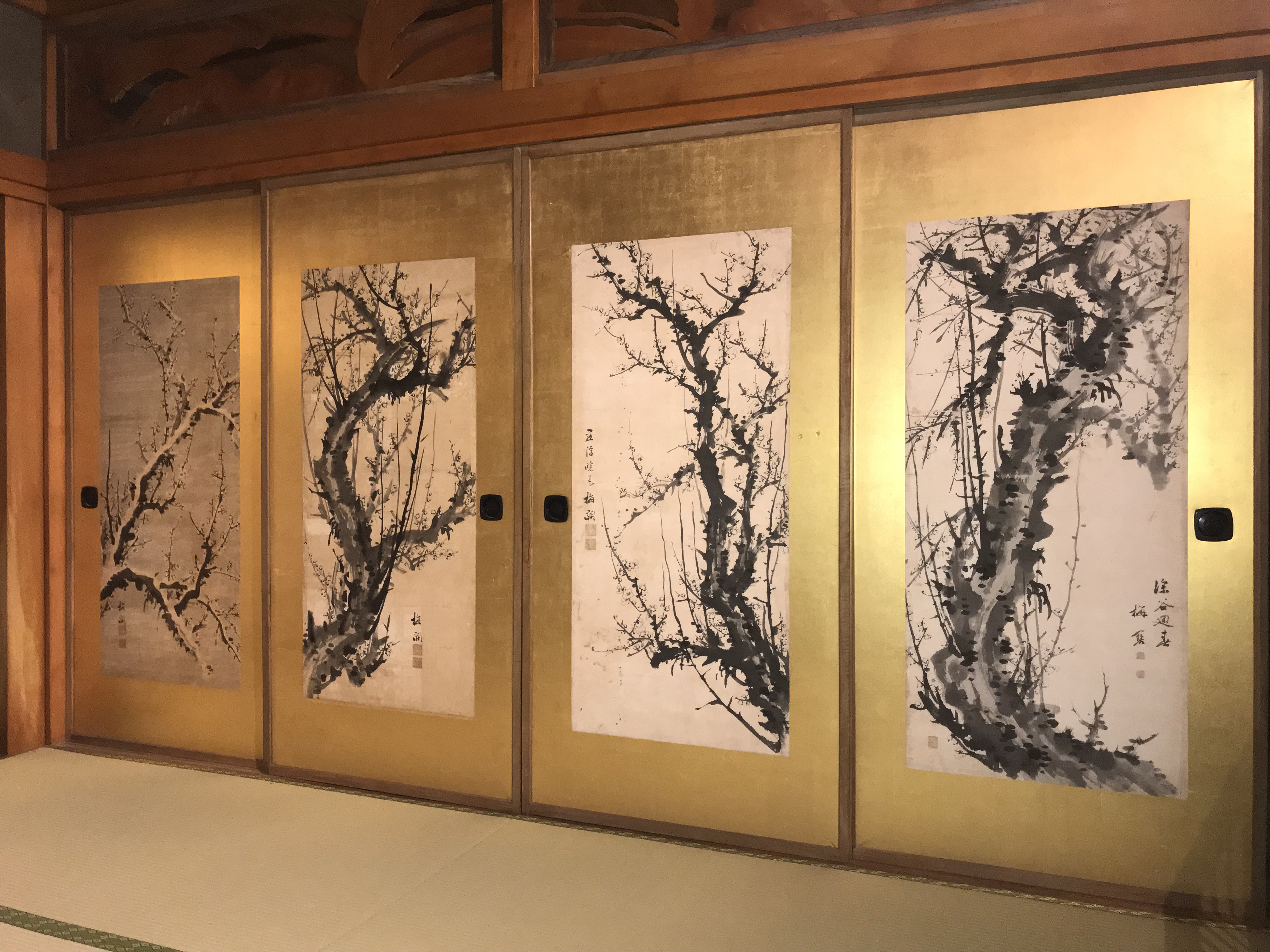
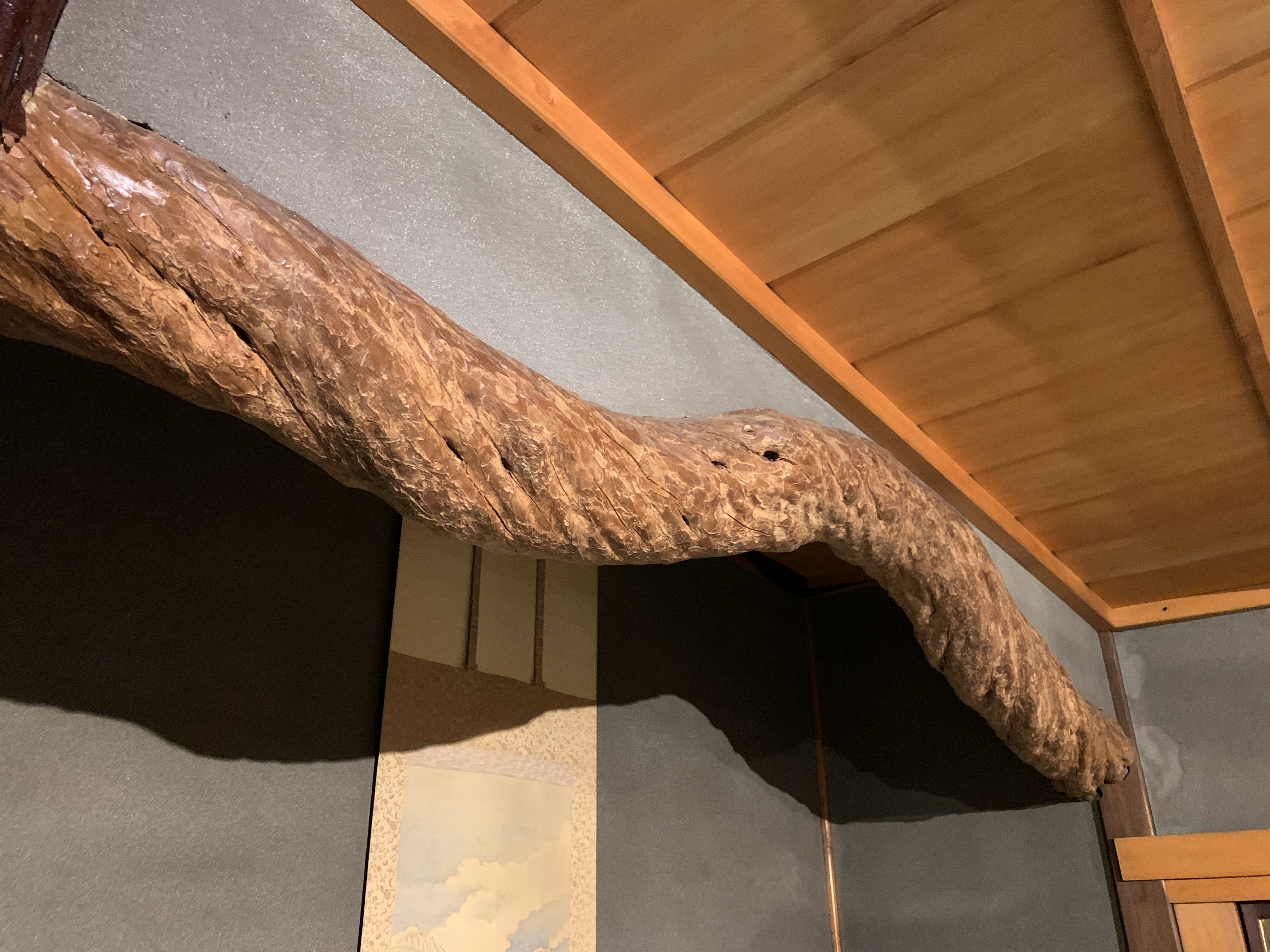
Eating and Drinking Facilities
The park has a restaurant called the Janohana Teahouse that serves light meals.
[Menu]
Noodles (ramen, soba, udon, and others)
Janohana’s specialty miso oden
Soft-serve ice cream
Alcoholic and non-alcoholic beverages
Popular with Group Visitors Too!
We also serve a coffee and Japanese sweets set. Why don’t you try it for teatime when you visit the park?
*Can be served to group visitors by making a reservation in advance. Please contact us.
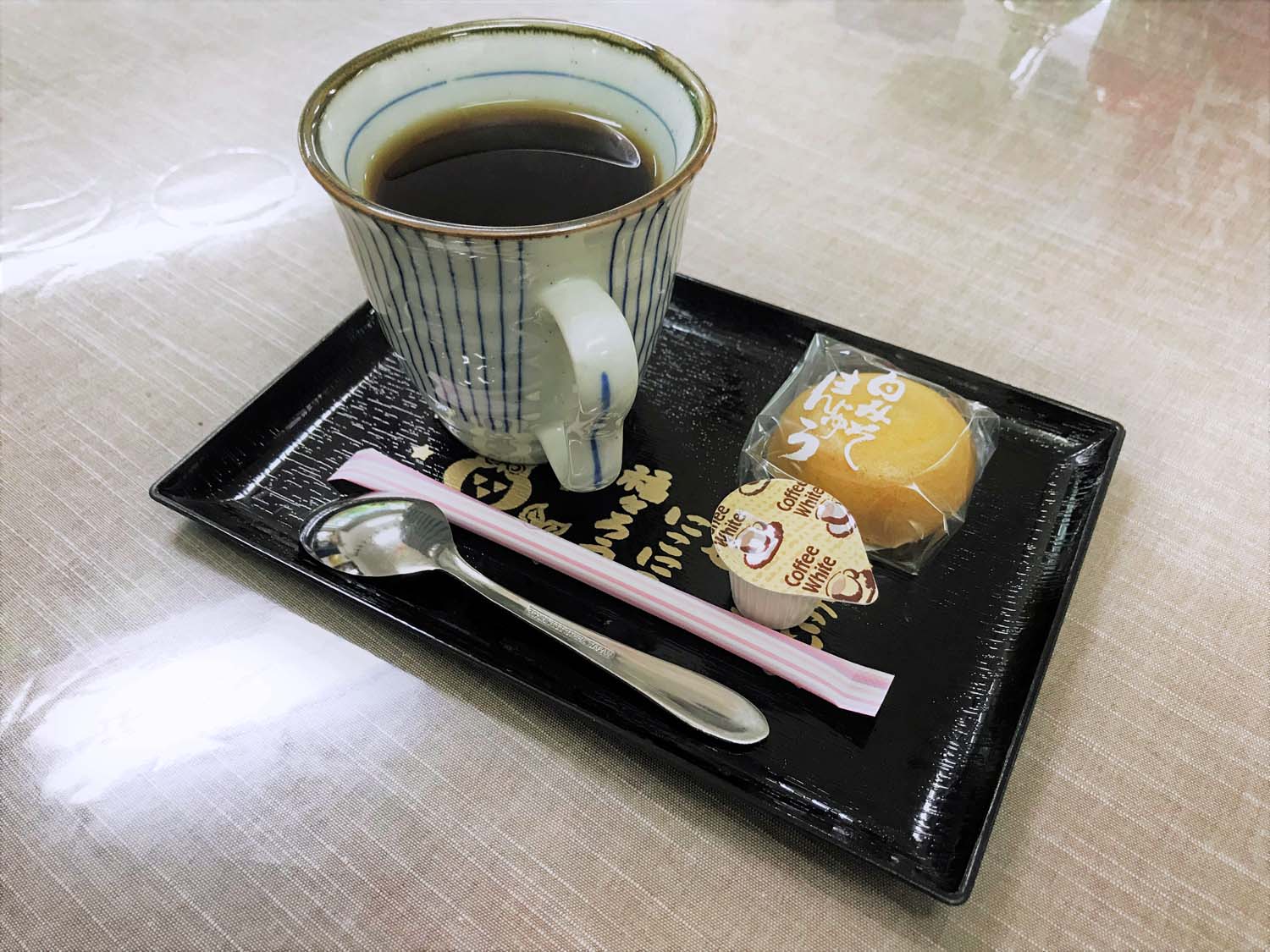
About our Barbecue Facilities
You can also enjoy a barbecue in the park. You can bring your own food, but if you wish to enjoy a carefree barbecue, we offer reasonable barbecue food sets. If you wish to use these facilities, you need to make a reservation in advance. We also have a roofed area that can be used even when raining. For more information, please ask when making a reservation.

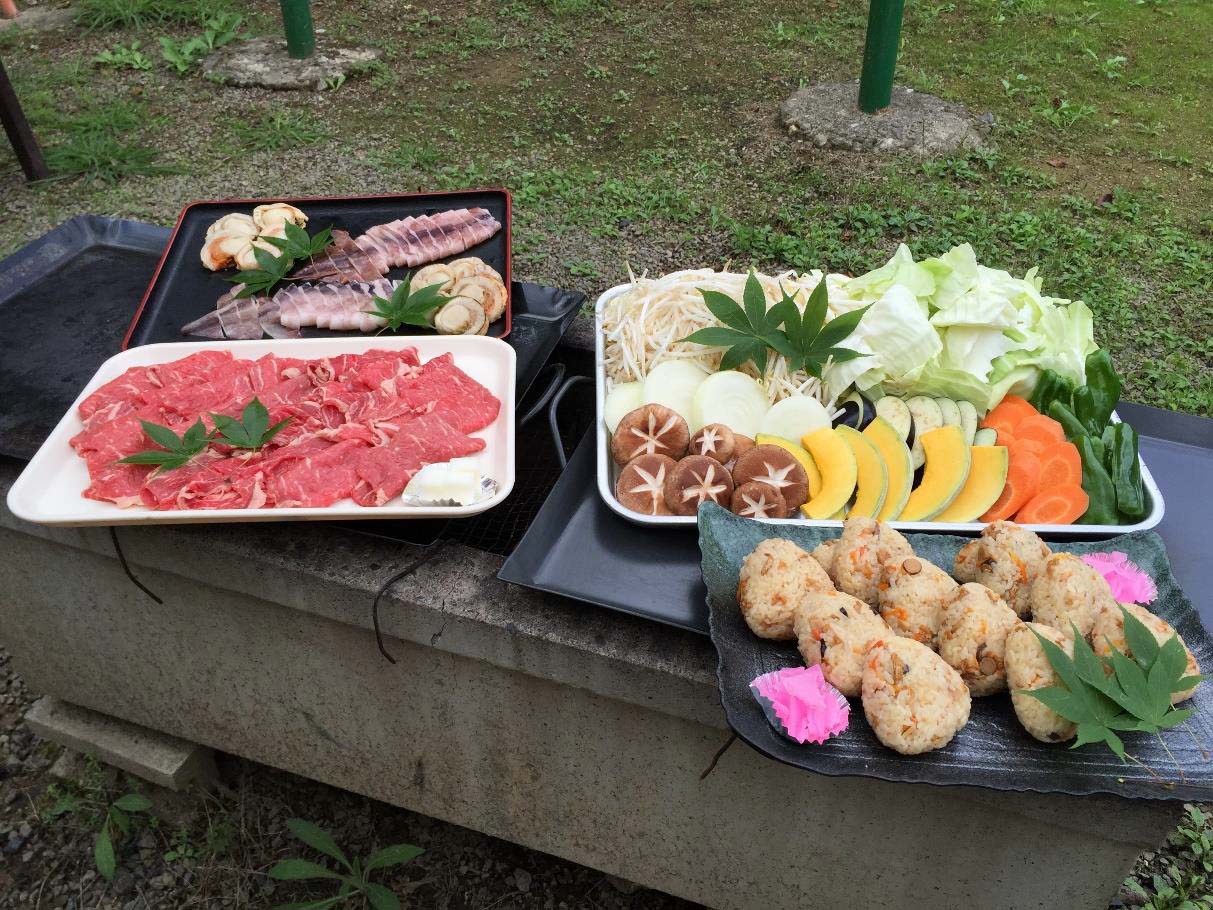
Gift Shop
Handkerchiefs featuring designs of the park’s flowers
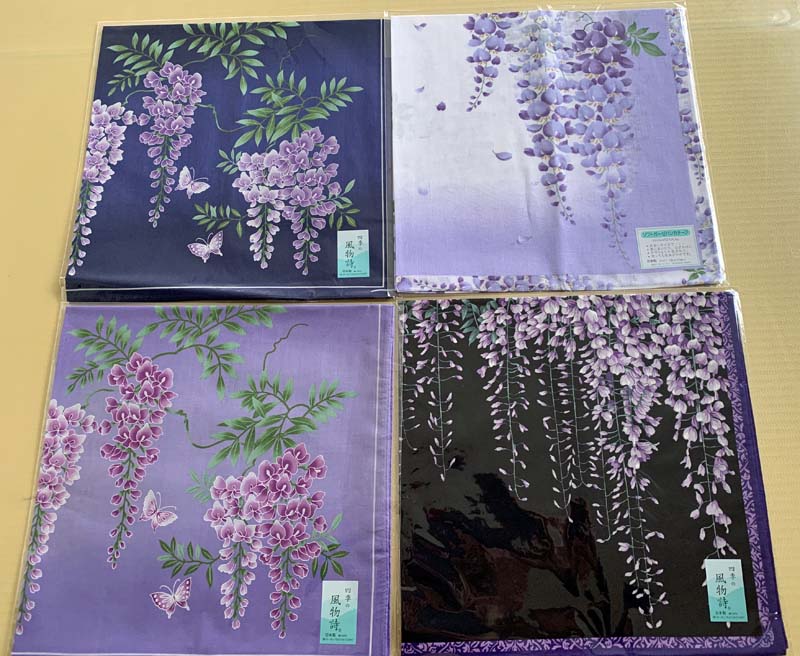
Famous Janohana sweet Shiro Miso Manju (sweet buns made using white miso)
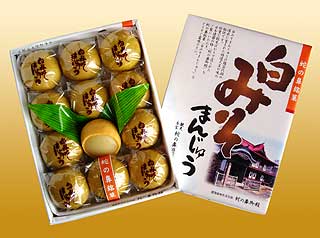
Serpentine charms
